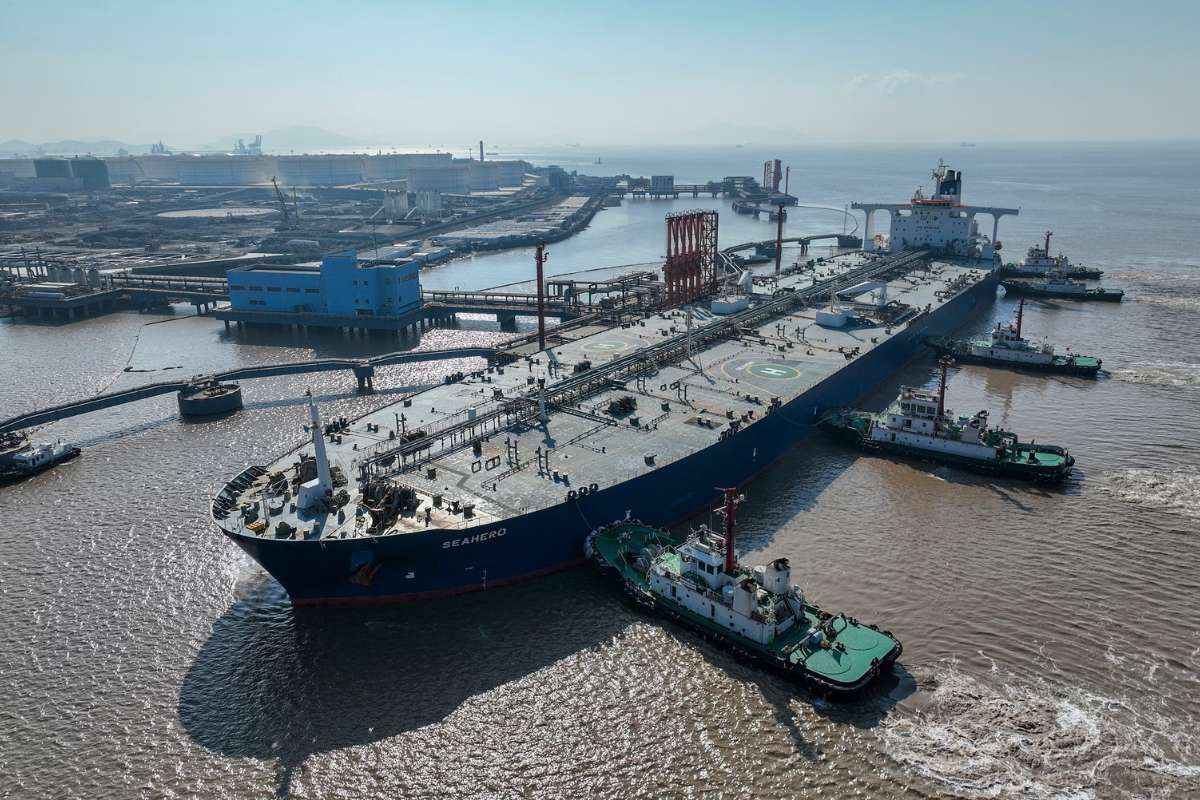Key Points:
- Oil prices dropped due to rising global supply and weakening seasonal demand.
- OPEC increased production, easing concerns about supply tightness.
- Strong U.S. dollar and high freight costs added pressure on crude prices.
Oil prices declined in early Asian trading on Monday, extending last week’s losses as traders weighed rising global supply, shifting seasonal demand patterns, and the latest inventory data from major energy agencies. A stronger U.S. dollar and higher freight costs further pressured prices, underscoring concerns that current production levels may outpace consumption in the near term.
Brent crude futures fell 52 cents, or 0.78%, to $66.07 a barrel at 0041 GMT, while U.S. West Texas Intermediate (WTI) crude slipped 58 cents to $63.30. Both benchmarks suffered significant weekly drops, with Brent losing 4.4% and WTI down 5.1% last week, the steepest declines since early summer.
OPEC Output Growth Eases Tightness Concerns
The Organization of the Petroleum Exporting Countries (OPEC) increased collective production in July, adding several hundred thousand barrels per day to global supply. This rise came as some member states lifted output in line with earlier commitments to maintain market stability.
Analysts noted that the added volumes have reduced earlier fears of tightness in the second half of the year. Refinery activity remains strong, but the increase in supply means stockpiles are not being drawn down as rapidly as expected, leaving more barrels available for export and storage.
Seasonal Demand Shows Signs of Cooling
Oil prices reflect moderating demand as peak summer travel consumption in the Northern Hemisphere begins to ease. Fuel demand from transportation remains healthy but is tapering from June and July highs, particularly in North America and parts of Europe.
In the U.S., preliminary data from the Energy Information Administration (EIA) showed commercial crude inventories rose by several million barrels last week, reversing earlier draws. Storage hubs in Europe, including Rotterdam, also reported stock levels above the five-year seasonal average, signaling that refiners are meeting demand without aggressively tapping reserves.
Currency and Freight Costs Add Pricing Pressure
The U.S. dollar’s recent appreciation against a basket of major currencies has made dollar-denominated crude more expensive for non-U.S. buyers. This currency effect has tempered import demand in key consuming regions, particularly in Asia, where refiners face tighter margins due to higher feedstock costs.
Oil prices have been shaped in part by global shipping and logistics dynamics, which continue to sway overall market sentiment. Tanker freight rates remain elevated compared with the same period last year, and port congestion in some regions has extended delivery times. These factors add costs to the crude supply chain, potentially discouraging spot purchases.
Market Outlook and Key Data Ahead
With supply showing steady growth and demand indicators softening, traders are closely watching upcoming reports from the International Energy Agency (IEA) and the American Petroleum Institute (API) for guidance on global balances. Attention will also be on refinery throughput levels in Asia and the pace of restocking in OECD countries, which could determine whether prices stabilize or face further downside.
Market participants say the next few weeks will be critical in gauging whether the post-summer slowdown in demand will deepen or if emerging market consumption will help offset seasonal weakness in advanced economies. Until then, pricing is expected to remain sensitive to shifts in inventory data, currency movements, and freight market dynamics.












